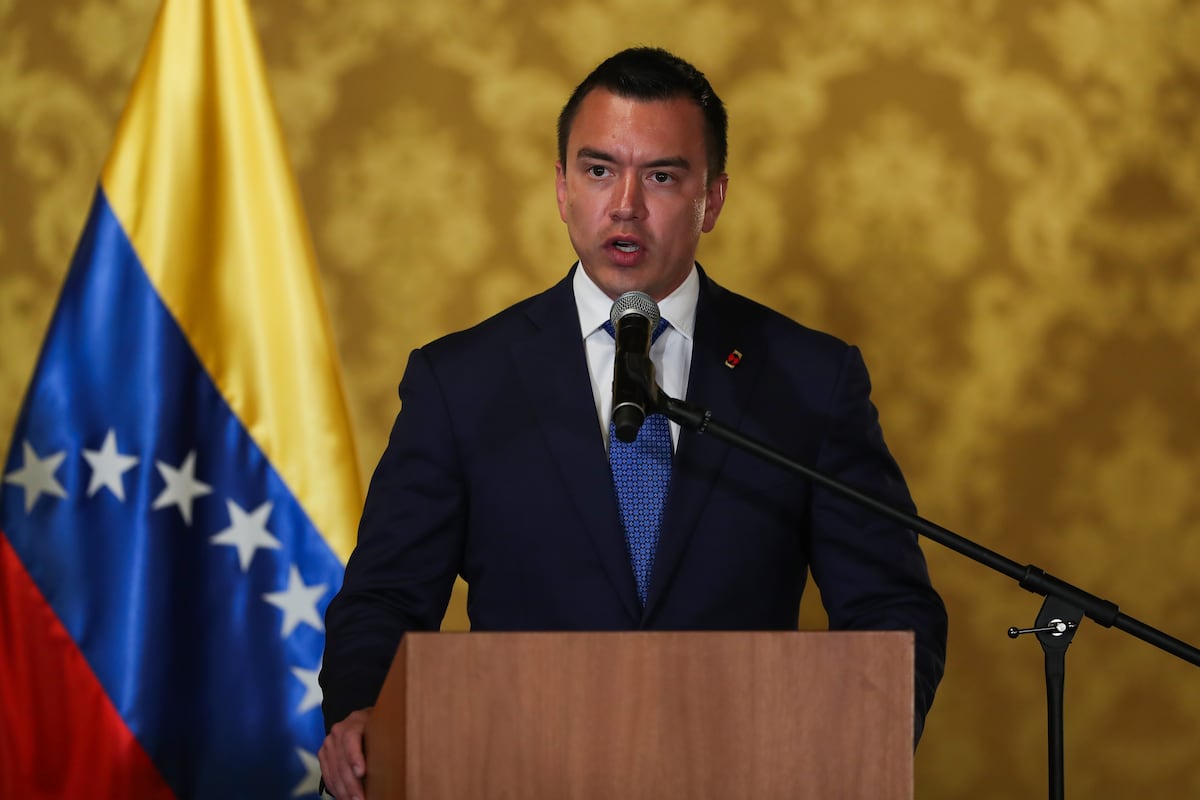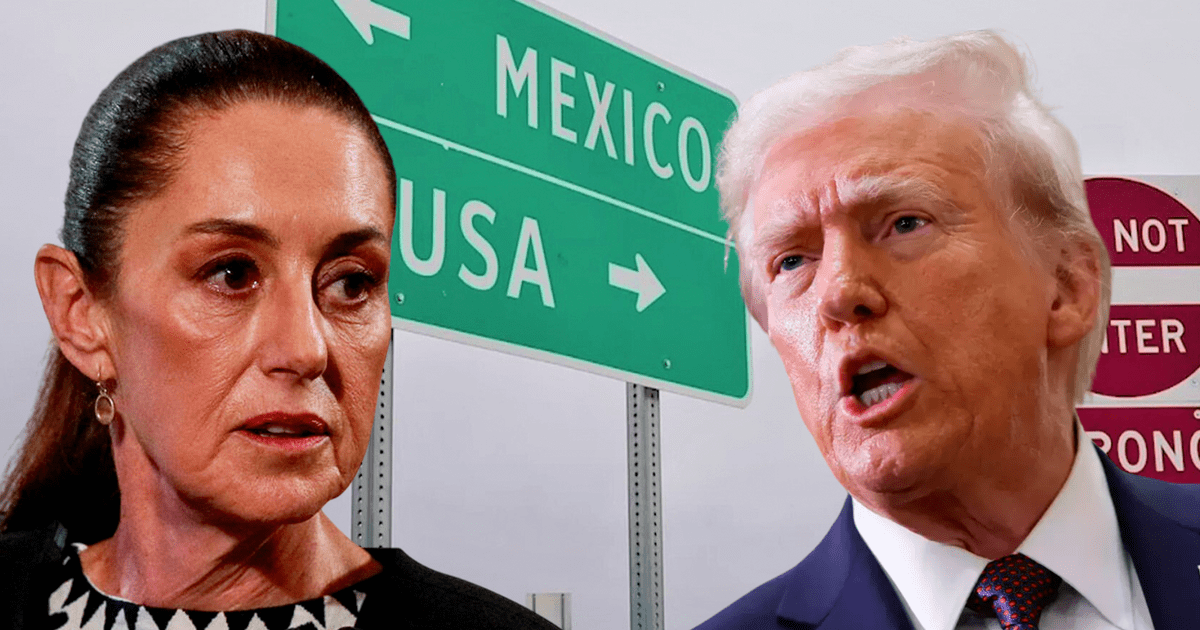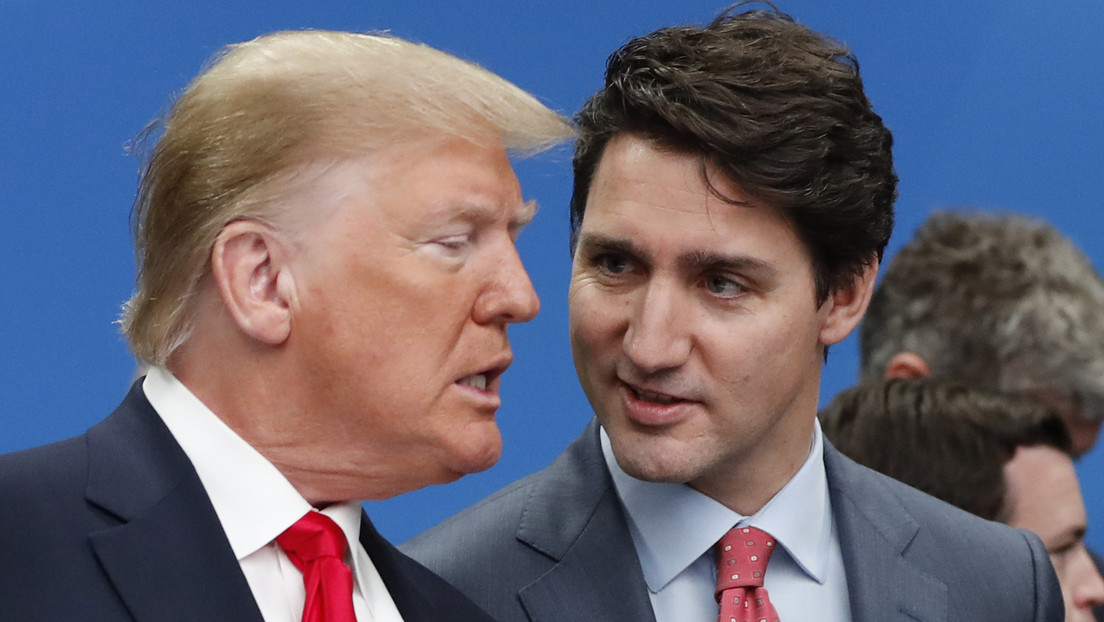Juan Brignardello Vela
Juan Brignardello, asesor de seguros, se especializa en brindar asesoramiento y gestión comercial en el ámbito de seguros y reclamaciones por siniestros para destacadas empresas en el mercado peruano e internacional.


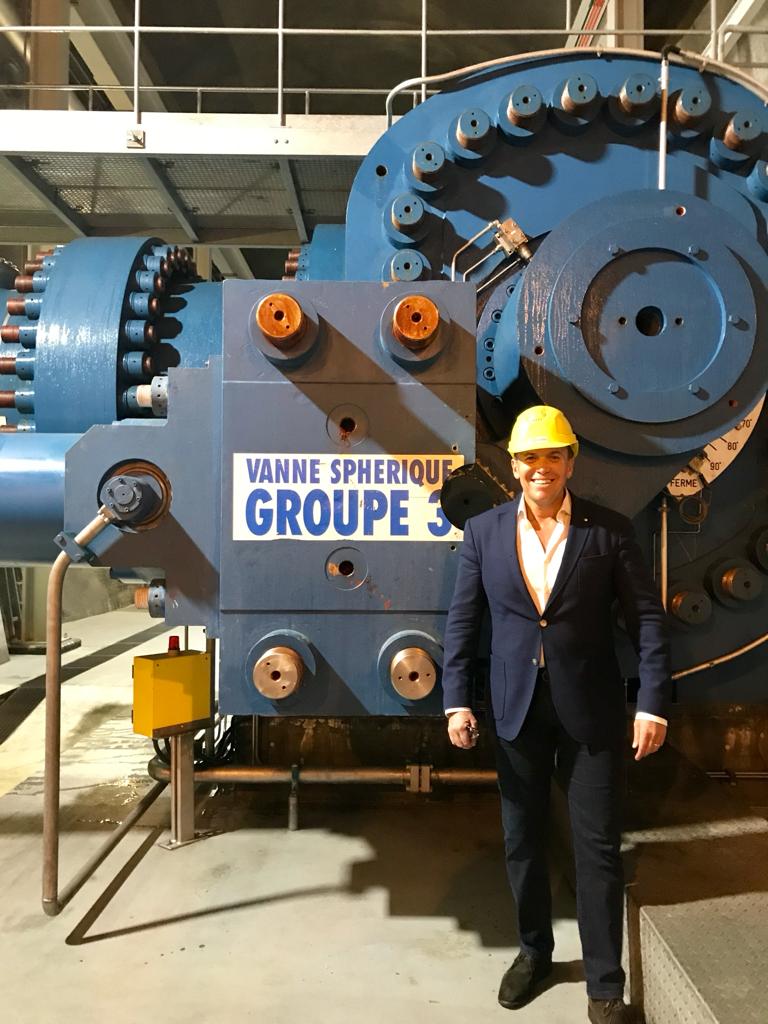
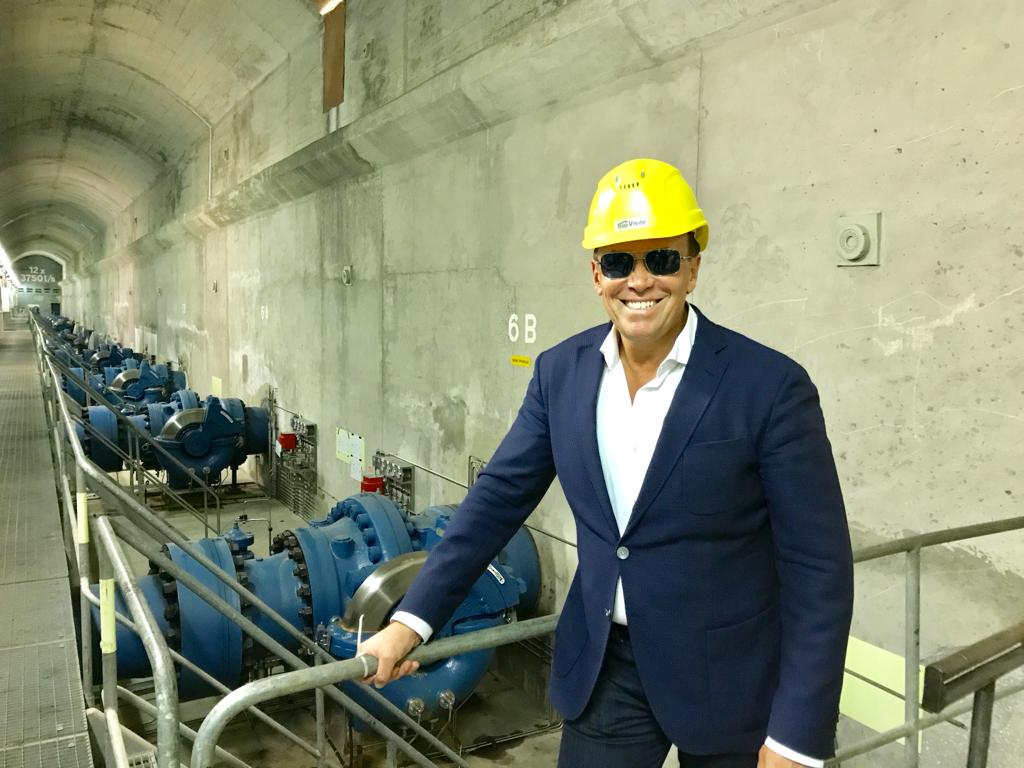
The mayor of Lima, Rafael López Aliaga, has once again brought to the forefront a topic that has resonated in Peruvian political discourse for decades: the construction of prisons in the jungle, inspired by the model known as SEPA (Agricultural Penal Colony of Sepa). In a recent interview, López Aliaga proposed investing in citizen security and exploring the possibility of establishing new penal colonies in vast areas of the Peruvian jungle, even suggesting the use of electronic shackles to monitor those convicted of minor offenses. This proposal, while bold, revives a model that has faced criticism and controversy in the past. SEPA was a wall-less penitentiary created in 1951 and operational until 1992, intended to house inmates serving long sentences, with the aim of facilitating their social reintegration through agricultural work. At its peak, it housed up to 800 prisoners, but its closure was prompted by multiple factors, including a terrorist attack by the Shining Path and the logistical costs associated with transporting inmates to such a remote location. Despite the rehabilitation ideals that underpinned the existence of SEPA, the system was not without its criticisms. Reports from that era highlighted mistreatment and inhumane conditions for inmates, raising serious doubts about the effectiveness of the model. Escape attempts and the living conditions in the colony ultimately led to its abandonment, leaving the site in a state of neglect, overgrown with weeds. Experts in criminality and human rights have pointed out that López Aliaga's proposal does not effectively address the complexities of modern crime and the state of the penitentiary system in Peru. Erika Solis, a researcher at IDEHPUCP, emphasizes that punitive measures, such as building new prisons, are often populist responses that do not tackle the root problem. The reality is that many criminals are never incarcerated, raising questions about the effectiveness of creating more penal facilities. Former Interior Minister Wilfredo Pedraza warned that such proposals often distract attention from the deeper issues facing the criminal justice system. The situation of overcrowding in Peruvian prisons is alarming, with levels exceeding 400% in some facilities. The lack of investment and political will to construct new penitentiary spaces has hindered any attempts to improve conditions for inmates. For his part, criminal lawyer Aaron Aleman considers the idea of reviving the SEPA model to be regressive and misaligned with the contemporary needs of the penal system. The punitive approach may exacerbate insecurity issues rather than resolve them. Furthermore, he suggests that a return to a system like SEPA could lead to human rights violations that expose the Peruvian state to international sanctions. The nature of crime in Peru has changed since the SEPA era, with an increase in economic crime and the complexity of organized crime. Noam López, a political scientist at PUCP, argues that the problems of the penal system will not be solved solely by building new prisons. It is essential to address the root causes of criminality and focus on prevention strategies that keep more young people from joining criminal organizations. Meanwhile, López Aliaga's proposals are seen by some as an attempt to capitalize on public discontent over rising insecurity. However, many experts warn that these measures are insufficient. A more comprehensive approach is needed that includes social reintegration for inmates, investment in crime prevention, and improvements to judicial processes. The debate over the creation of new prisons in the jungle is not just a matter of logistics or investment; it is an ethical dilemma that puts human dignity and the rights of inmates at stake. The country has witnessed how other tough-on-crime models, such as that of El Salvador, have had profound implications for violence and the displacement of criminals to other regions. Ultimately, solutions to criminality must go beyond merely constructing institutions. Structural changes in the justice system are required, along with a genuine commitment to addressing the underlying causes of crime. The experience of the past should serve as a reminder that simplistic and punitive solutions rarely produce lasting results, and that each proposal must be evaluated through the lens of effectiveness and respect for human rights.
